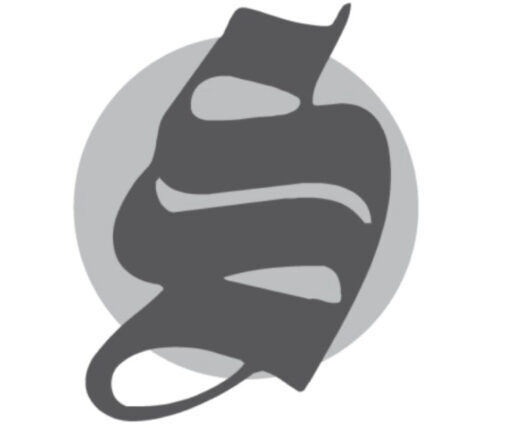How Timbre Relates To Overtones
Kelvin Sholar
Timbre is the psychological quality of the voice or an instrument that relates to the waveform that is produced by said voice or instrument. There are four basic kinds of periodic waveforms, based on their shape: sine, square, triangle and sawtooth. Each waveform imparts a different timbre or sound quality to performance media: for example, the timbre of the flute is imparted by the sine waveform, a sawtooth waveform determines the timbre of strings, the recorder’s timbre is given by the triangle waveform, while the woodwinds have a square waveform.
Timbre also relates to the given combination of frequencies that make up a sound. For example, whenever a vibration is produced by the strings of the violin, then natural sympathetic vibrations occur in the body of the violin, (transmitted by the bridge of the violin), which are the multiples of its fundamental frequency. The more resonant the instrument, the more pure tones called harmonics or overtones are present in its sound; and the more rich the timbre of the instrument is. This is the primary reason why, when the sound of a tuning fork and a violin is compared, then the violin appears to have a much richer timbre than a tuning fork.
Harmonics or overtones are multiples of a fundamental frequency which are related to it by the ratios of 1:2:3:4:5… into infinity. This means that first a fundamental frequency occurs, then two times that frequency occurs, then three times… until we can’t hear any higher frequencies.
Just to give a visual representation of the harmonics or overtones present in a piano’s sound, I have created the following staff notation. Harmonics in the overtone series relative to the pitch C 32.7032 Hz are given.

An interesting thing to note is that only the harmonics or overtones which represent the pitch C are in tune with the piano, (i.e. harmonics 1, 2, 4, 8 and 16), while harmonics 7, 11, 14 and 15 are very flat, and harmonic 13 is very sharp. The reason that the given harmonics are either flat or sharp is that the piano is out of tune – because it is tuned according to equal temperament tuning instead of just tuning. Just tuning tunes an instrument according to integer multiples of a fundamental frequency, while equal temperament tuning only does so for octaves of a fundamental frequency (e.g. harmonics 1, 2, 4, 8 and 16).





